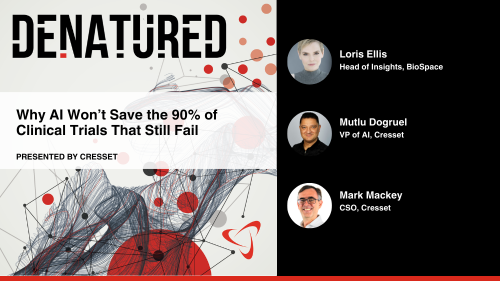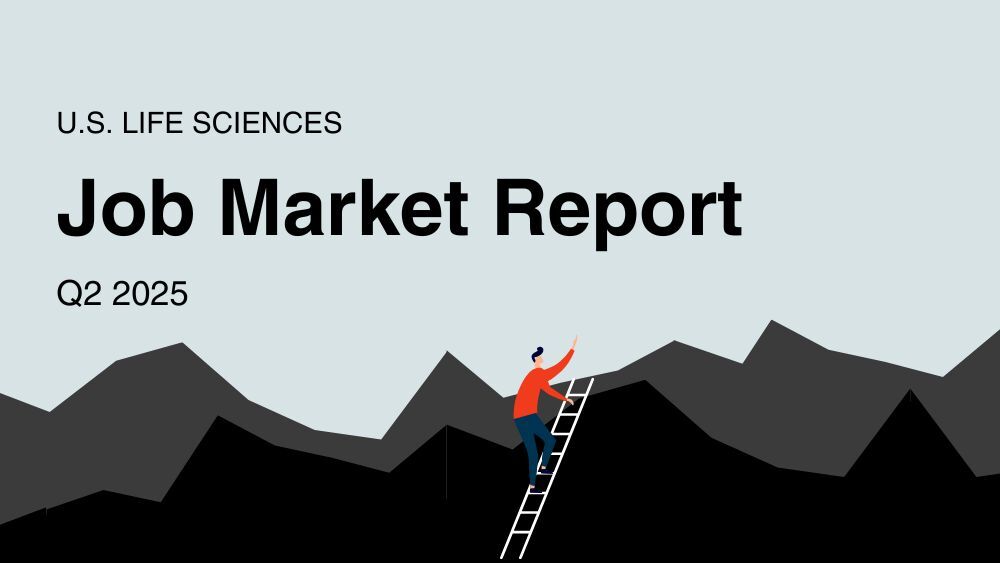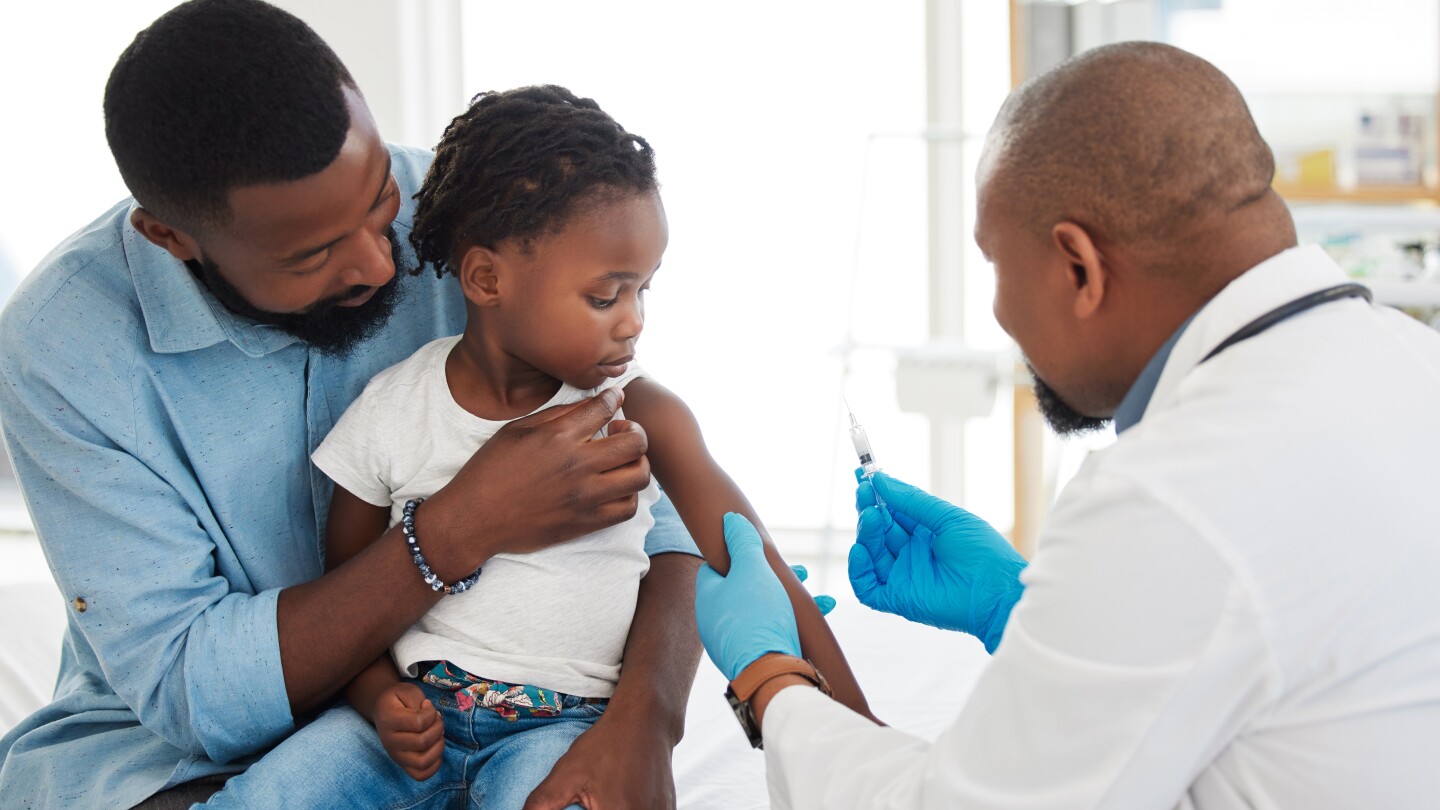News
Washington has had notable life sciences job growth over the past 10 years, according to a Life Science Washington report. The association’s CEO and a biopharma CEO discuss what makes the state stand out, including its talent pool, AI leadership and entrepreneurship support.
FEATURED STORIES
The Trump administration’s ever-changing tariffs and Most Favored Nation drug pricing are part of a blizzard of unclear, potentially illegal tactics that leave observers throwing their hands in the air.
Capricor Therapeutics met with the FDA last week for a type A meeting, during which CEO Linda Marbán aimed to explain to the regulator that it got it wrong. Capricor plans to resubmit the application based on deramiocel’s existing dataset.
Drugs are being invented and manufactured right here in the U.S. by Americans, for Americans. So why doesn’t the industry hold the same respect as steelworkers or other all-American pursuits?
Job Trends
A new report found that 85% of pharma respondents are increasing their artificial intelligence investments, and 70% see AI as an immediate priority. Two experts discuss how biopharmas are implementing and adopting AI, including their increased use of external help with the process.
FROM OUR EDITORS
Read our takes on the biggest stories happening in the industry.
In a recent BioSpace LinkedIn poll, nearly half of respondents predicted the job market won’t turn around until 2027 or later. It’s easy to see why people are skeptical, especially when you consider recent hiring activity and layoffs.
THE LATEST
With its structural changes, CSL expects to generate $500 to $550 million in annualized savings over the next three years.
Regulations aiming to lower the cost of vital medicines will instead end up restricting access and disincentivizing R&D.
The CDC no longer recommends COVID-19 vaccines for healthy children and healthy pregnant women, a position that has been opposed by leading medical societies.
A draft copy of an upcoming MAHA report reveals a strategy in lockstep with recent HHS actions such as reviving the Task Force on Safer Childhood Vaccines; Viking Therapeutics reports robust efficacy from mid-stage oral obesity candidate but is tripped up by tolerability concerns; Novo Nordisk wins approval for Wegovy in MASH; and Lilly takes a pricing stand.
Media coverage can help biopharma executives connect with, inform and inspire the public. In this column, Kaye/Bassman’s Michael Pietrack and three communications experts share how to make the most of these opportunities.
The platform strategy of using one molecule to target an underlying biological pathway to address many different diseases can be a goldmine for smaller companies. But it also has a unique set of challenges.
The small molecule, vatiquinone, had already flunked a Phase III trial, but the company pushed ahead with an approval bid anyway.
Viking Therapeutics’ VK2735 achieves a 10.9% placebo-adjusted weight loss at 13 weeks, but a less than ideal safety profile marred the results.
A new study in JAMA contradicts a series of statements made by HHS Secretary Robert F. Kennedy Jr. that paint vaccine advisory committees at the CDC and FDA as hopelessly corrupt.
The FDA has postponed its decision date for Regenxbio’s Hunter syndrome gene therapy to review additional longer-term clinical data for the asset.






















